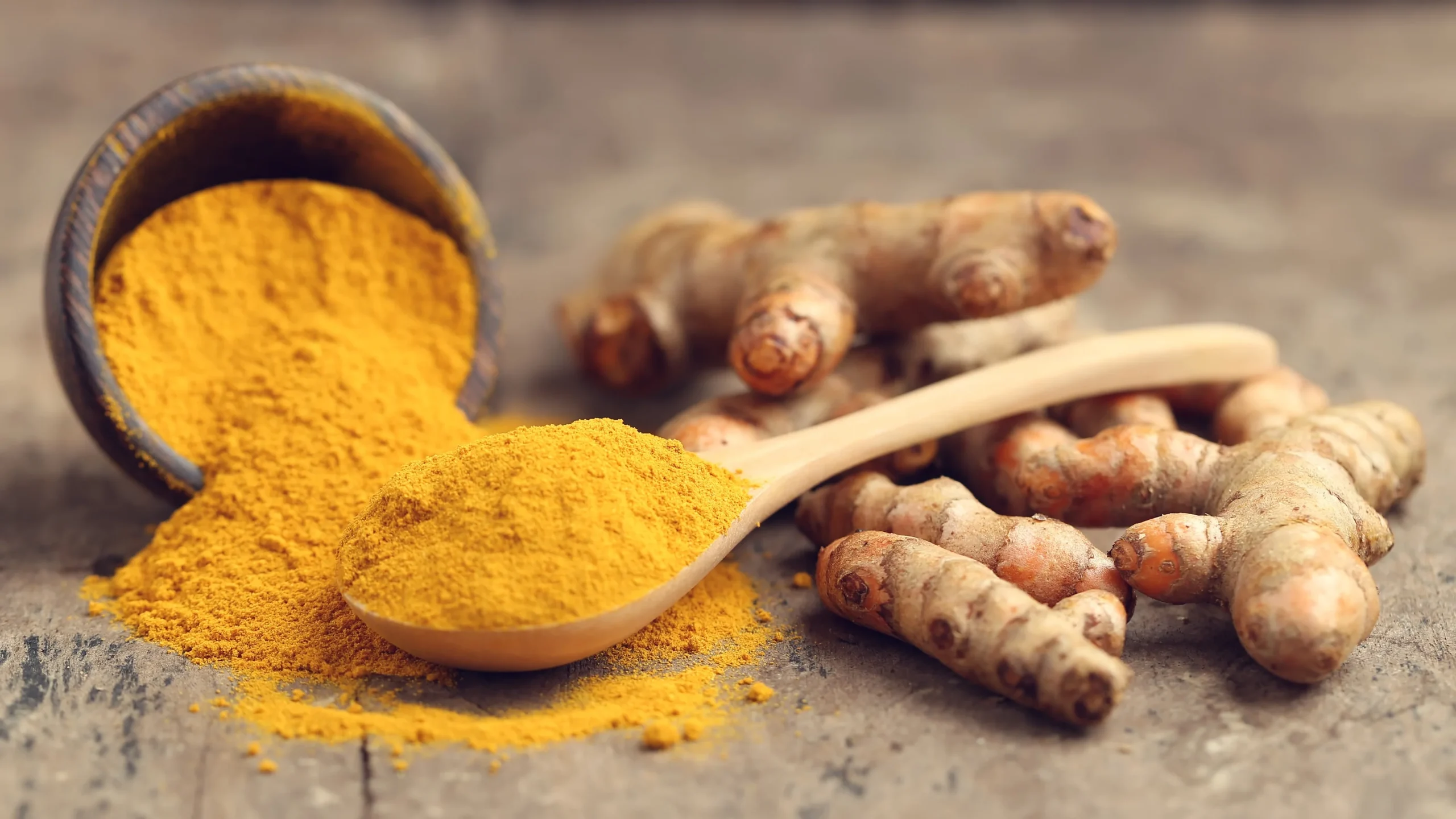Turmeric, a bright yellow spice commonly used in cooking, especially in Indian cuisine, is known for its anti-inflammatory and antioxidant properties. Its main active compound, curcumin, is responsible for its health benefits, making it a popular ingredient in both medicine and wellness. While turmeric is frequently used to add color and flavor to dishes like curries and soups, its uses extend far beyond the kitchen.
Turmeric has been part of traditional medicine for centuries, particularly in Ayurvedic practices. It is often used to help with digestive issues, joint pain, and even skin conditions. Recent studies suggest that turmeric may have potential in fighting chronic diseases like cancer, heart disease, and Alzheimer’s. Many health enthusiasts incorporate it into smoothies or take it as a supplement for its health benefits.
In addition to its internal uses, turmeric is also valued for its topical applications. When mixed with other ingredients, it can be used as a natural remedy for acne, skin blemishes, and brightening the complexion. Whether you’re adding it to your meals or using it as a beauty treatment, turmeric proves to be a versatile ingredient with a rich history of health benefits and cultural significance.





